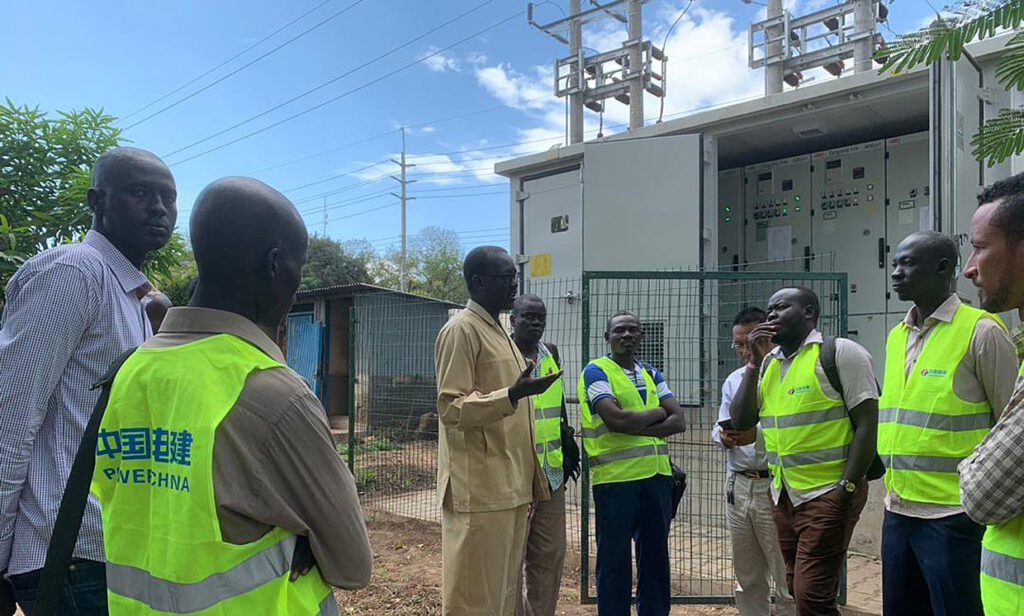South Sudan’s electricity sector remains one of the least developed globally, with limited access and infrastructure challenges. Here’s an overview of the current state:
Electricity Access
- National Access: As of 2022, only about 8.4% of South Sudan’s population had access to electricity, making it one of the lowest electrification rates worldwide.
- Urban vs. Rural: Urban areas have higher access rates, but rural regions lag significantly, highlighting a substantial urban-rural divide in electricity availability.
Generation Capacity and Sources
- Installed Capacity: The country’s installed electricity generation capacity is approximately 121 MW, with the majority derived from fossil fuel sources.
- Renewable Energy: Renewable energy contributes a small fraction to the energy mix. In 2023, renewable sources accounted for about 6.78% of total electricity generation.
Infrastructure and Grid
- National Grid: South Sudan lacks a comprehensive national electricity grid. Power distribution is primarily localized, with cities like Juba relying on isolated systems.
- Reliability: Even in areas with access, electricity supply is often unreliable, with frequent outages necessitating reliance on diesel generators.
Renewable Energy Initiatives
- Juba Solar Power Station: A notable project is the 20 MW Juba Solar Power Station, which includes a 35 MWh battery storage system. This initiative aims to diversify energy sources and improve supply reliability in the capital.
- Policy Focus: There’s growing emphasis on developing renewable energy, particularly solar, to address the electricity deficit and reduce dependence on fossil fuels.
Regional Cooperation
- Uganda-South Sudan Interconnection: In June 2023, South Sudan and Uganda agreed to construct a transmission line to import electricity from Uganda. This project aims to supply power to border towns like Kaya and Nimule, enhancing regional energy integration.
Future Outlook
Efforts are underway to improve electricity access through infrastructure development, renewable energy projects, and regional partnerships. However, significant challenges remain, including funding constraints, political instability, and technical capacity limitations.


